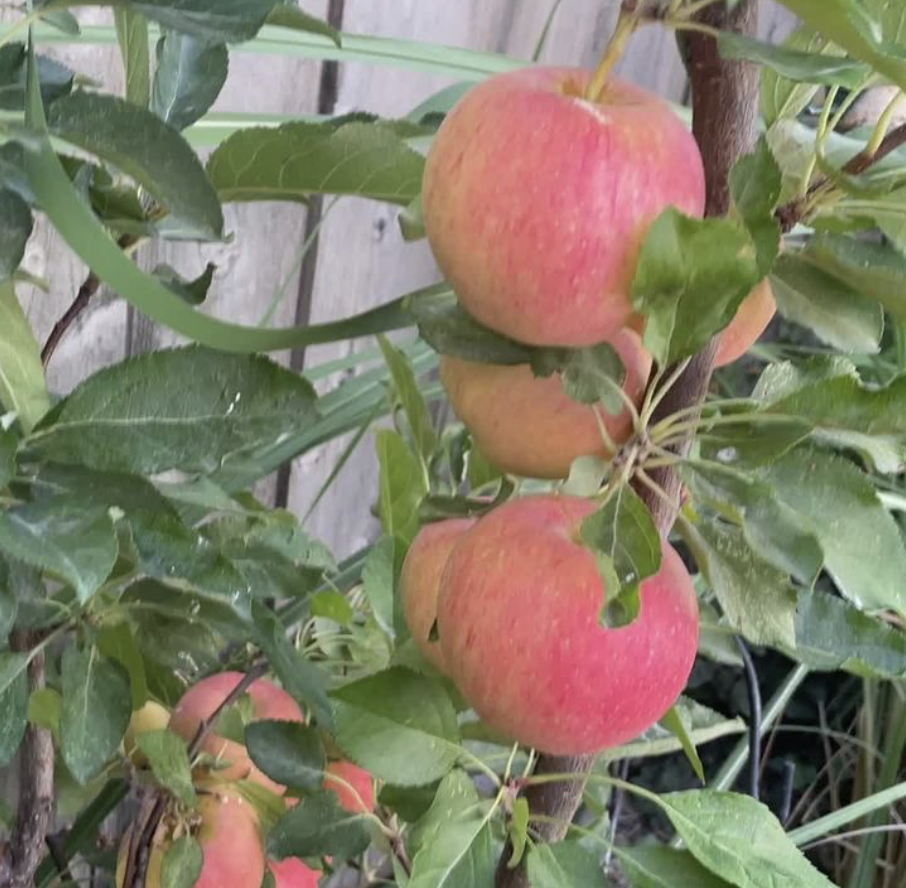Should I add fruit to my backyard? Grapes. Berries. Maybe apples?
Great idea if you've got the space. But there's a lot to consider before you fill a patch in the yard, and months later, can reap the fruits of your labor.
How sunny is your yard? Is it well-drained, or does it stay wet all spring? Do you want to spray pesticides? Do you have time to take care of backyard fruit?
It helps to start small. Berries — strawberries, blueberries, raspberries, or others — are a good choice, particularly if you've got limited space.
If apples are on your mind, then choose dwarf trees that are easier to manage and also require a smaller area.
With apples and other tree fruits, it's important to find out if they need another variety of apple or another fruit, so bees and other pollinators can reach both. That cross-pollination is necessary to produce fruit.
No one wants to fail at gardening, but a lot of times we do. Sometimes the reason we fail is we don't take the time to match our landscapes with the fruit we plant. We just say, 'I'm going to go buy an apple tree or a pear or peach tree.'"
If you have options for what to plant, consider planting later-harvesting varieties because spring frosts can kill off buds.
If you want to avoid spraying pesticides to fend off insects or disease, choose fruits that have fewer disease and insect problems, such as June-harvested strawberries or blueberries, or native fruit trees such as paw paws, mulberries, or persimmons.
Encourage bees, butterflies, and other pollinators to visit your garden. Pollination is important for any type of fruit production. Planting perennials nearby, such as coneflowers and butterfly bushes, will help bring pollinators to the area.
Match your fruit choice to your current landscape, instead of trying to change your landscape to match a fruit. One of the secrets to being a good gardener is to put plants where they want to be. For example, blueberries need acidic soils to thrive, and many garden soils aren't acidic enough for them to reach their full potential.
Weekly Garden Planner with hibiscus theme. Includes to-do lists, space for notes and priorities, and pages for 72 weeks.

